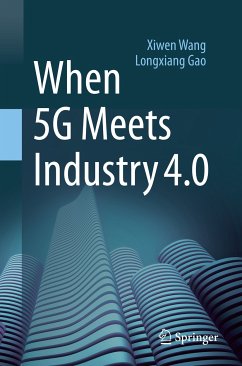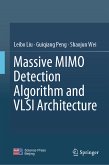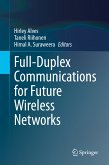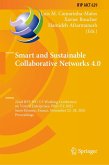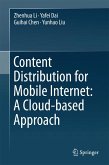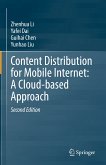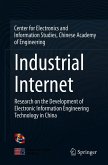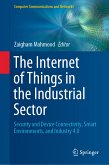Since the 1980s, mobile communication has undergone major transitions from 1G to 4G, at a rate of roughly one generation per decade. And the next upgrade is set to come soon, with 5G heralding a new era of large-bandwidth Internet, and a multi-connection, low-latency Internet of Everything.
5G technology will be the standard for next-generation mobile Internet, and it will not only enhance the individual user's experience, but also provide technical support for artificial-intelligence-based applications, such as smart manufacturing, smart healthcare, smart government, smart cities and driverless cars. As a result, 5G is regarded as the "infrastructure" of the industrial Internet and artificial intelligence and both China and the United States are striving to become the 5G leader and spearhead this new generation of international mobile communication standards. Though trade tensions between China and the United States continue to escalate, with products ranging from soybeans to mobile phones and automobiles being affected, 5G technology may be the true cause of trade wars between the world's top two economies.
In short, 5G will change not only society, but also international trade patterns. This book describes various 5G scenarios, changes and values; explains the standards, technologies and development directions behind 5G; and explores new models, new formats and new trends in 5G-based artificial intelligence.
Dieser Download kann aus rechtlichen Gründen nur mit Rechnungsadresse in A, B, BG, CY, CZ, D, DK, EW, E, FIN, F, GR, HR, H, IRL, I, LT, L, LR, M, NL, PL, P, R, S, SLO, SK ausgeliefert werden.

